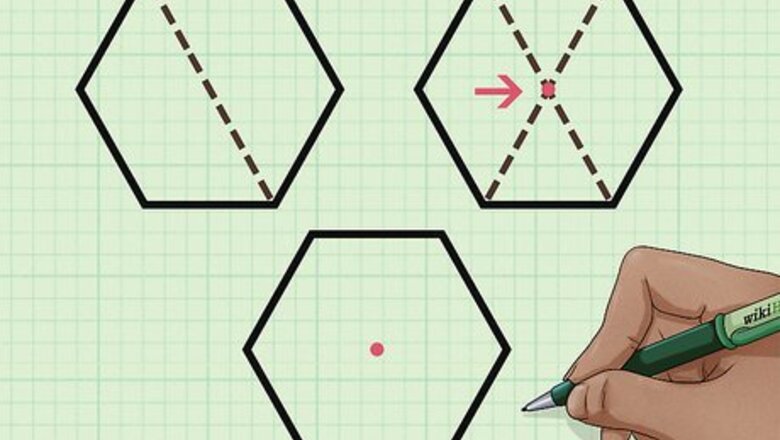
views
Dividing into Three Equal Parts
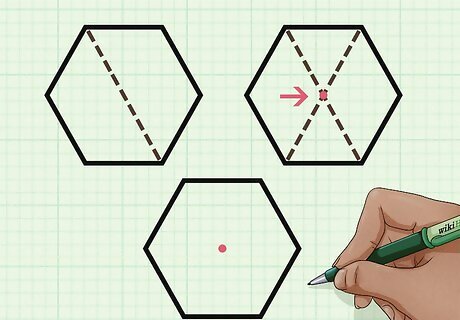
Mark the center of the hexagon. If the center is not marked, you can locate it using a straightedge. Draw a line (diagonal), connecting any vertex to the opposite vertex. Draw a second diagonal connecting to different vertices. The intersection of these diagonals is the center point of the hexagon. Erase the diagonals after you draw them.
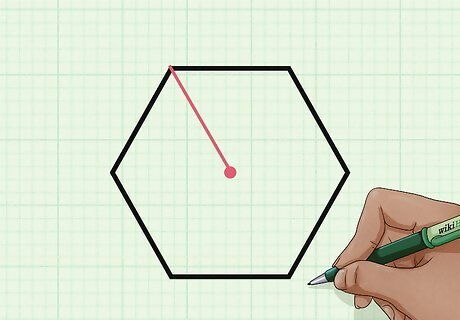
Draw a line from the center point to a vertex. You can begin with any vertex. Use a straightedge to draw the line.
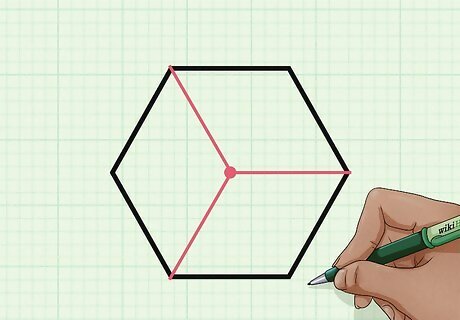
Draw lines from the center point to the third and fifth vertices. You should skip every other vertex, so that you have three lines, with one vertex between each. Drawing a line to each vertex creates six equilateral triangles, which is six equal areas. By drawing a line to every other vertex, you create half as many equal areas (3 equal areas).
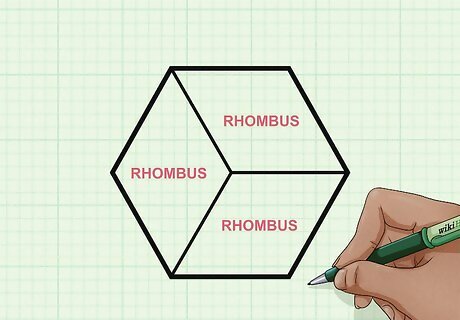
Identify the three equal parts. Each part is a rhombus, which is a four-sided figure with equal side lengths and two sets of parallel sides.
Drawing a Regular Hexagon
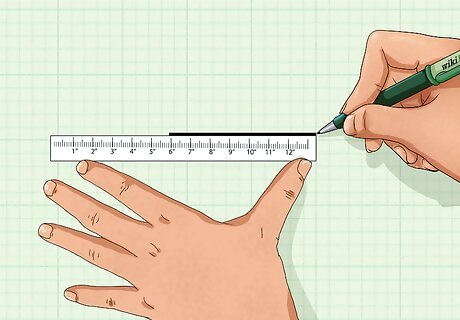
Draw one side of the hexagon. A regular hexagon has six equal side lengths. If the side length is specified, use a ruler to draw a line of the correct length. If no side length is specified, you can draw the line to be any length. For example, you might draw line AB 5 centimeters long.
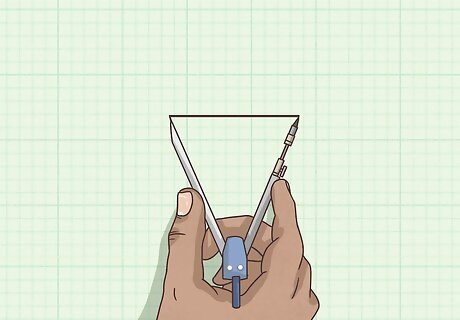
Set a compass to the width of the side length. To do this, place the point of the compass on one of the line’s endpoints, and stretch it so that the pencil tip touches the other endpoint.
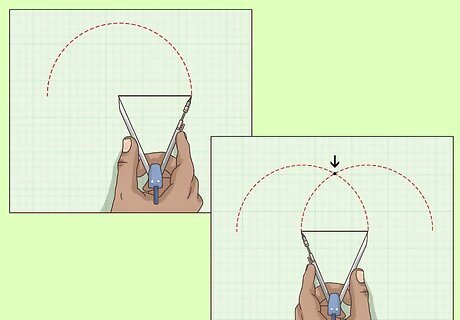
Draw the center point of the hexagon. To do this, place the point of the compass at the first endpoint, and draw a small arc above the line. Then, place the point of the compass on the other endpoint, and draw another small arc, intersecting the first arc. The point at which these two arcs intersect is the center point of the hexagon. Do not change the width of the compass.
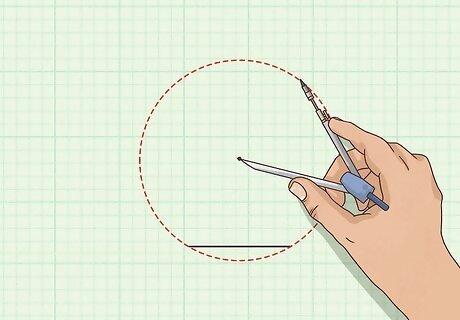
Draw a circle around the center point. Keeping the same compass width, move the point of the compass to the center point of the hexagon, and swing the compass around to draw a circle.
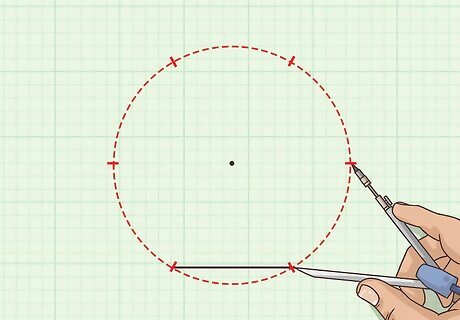
Mark the six vertices of the hexagon. The first two vertices are already marked by the endpoints of the original line that you drew. Place the compass on the first endpoint of the line. With the pencil, mark a point on the edge of the circle. This is the third vertex. Move the compass point to this new vertex. Mark another point on the edge of the circle. This is the fourth vertex. Complete this process until you have all six vertices marked. Be careful not the change the compass width.
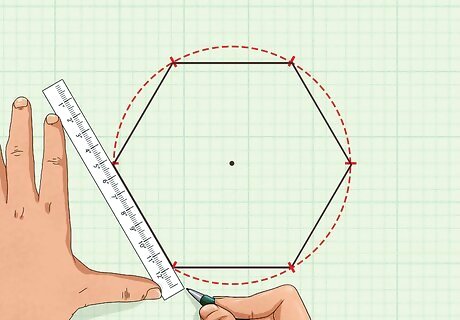
Draw a line connecting each vertex. To tidy up your hexagon, erase the circle and any extra markings. Keep the center point of the hexagon, as you will need it to divide the shape into three equal parts.


















Comments
0 comment